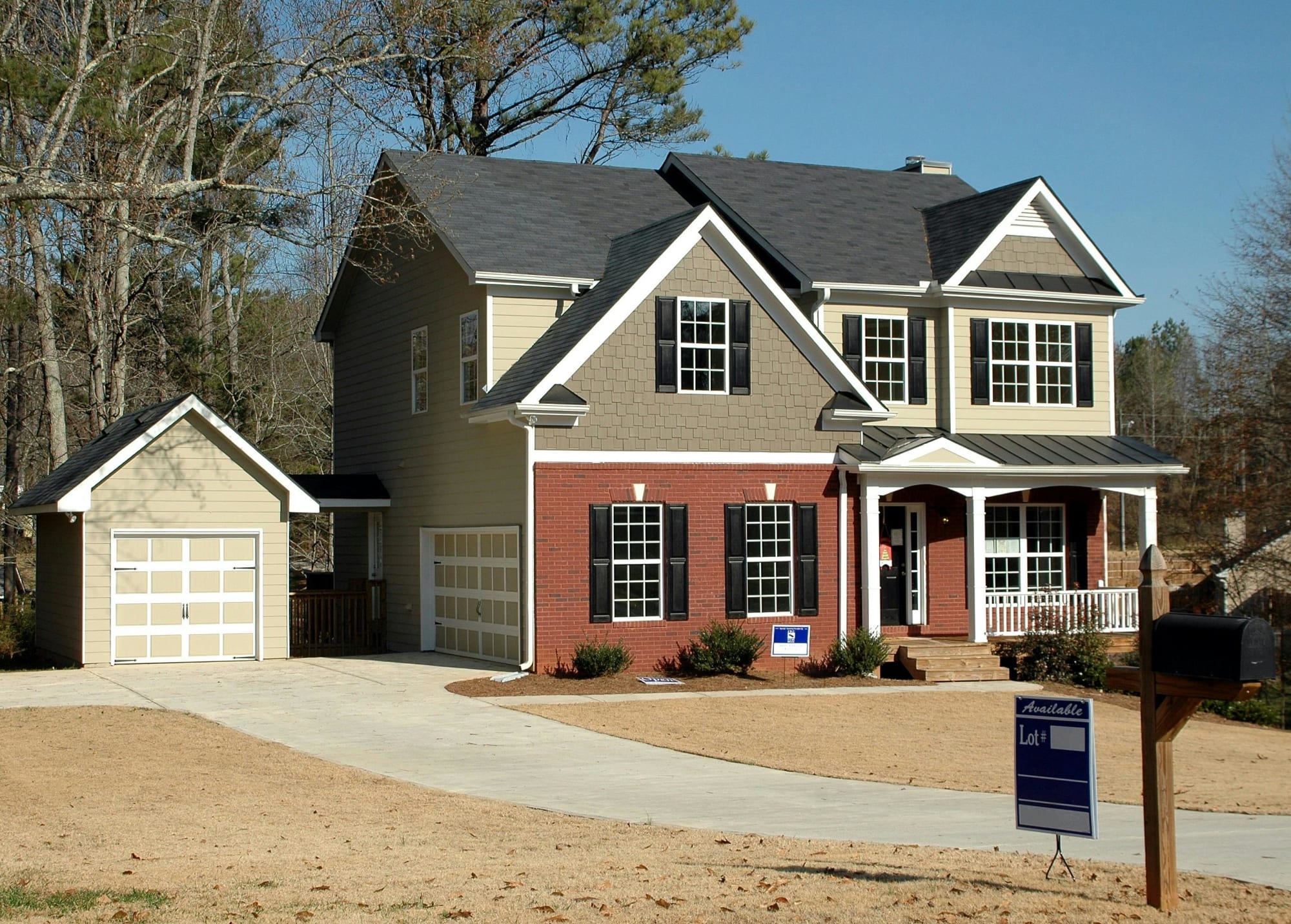Invest
Why the kids are coming home
As Australia’s east coast property market continues to become out of reach for buyers, younger and older Aussies are moving back in together, new research has suggested.
Why the kids are coming home
As Australia’s east coast property market continues to become out of reach for buyers, younger and older Aussies are moving back in together, new research has suggested.

A study released from the University of New South Wales showed almost one in five Australians live in a multigenerational home, while in Australia’s most expensive city, Sydney, that number grows to one in four.
Senior research fellow from the UNSW City Futures Research Centre, Dr Edgar Liu, studies the emergence of multigenerational housing in Australia.
He said housing affordability is one of the key drivers behind the growth of multigenerational living.
“You have young people who, increasingly, are unable to afford to leave home, and at the same time, you have [their parents and grandparents] experiencing perhaps similar financial stress,” Dr Liu said.

Despite most families getting together due to financial reasons, many are choosing to stay together due to family support the research also found.
“It’s a way for families to stay connected, and allows for greater intergenerational connections...especially for the older generation, they can be closer to the family and spend more time with the grandkids.”
Dr Liu said the desire to age in place, rather than move into institutional aged care, may also be behind the growth, noting that government support for institutional care has also changed over the last 20 years.
“The fastest-growing age group for multigenerational household members is the over 65’s,” he said.
Governments need to act
Dr Liu believes the uptick in multigenerational living will have a significant policy implications for urban planning as well as aged care services.
He said the government and developers are not building the type of multigenerational homes people need – and that the deficit in suitable housing is unlikely to change.
“It’s quite hard to find a house with enough bedrooms that’s affordable, has reasonable access to jobs and services appropriate to the needs of each generation,” he said.
“At the moment, much of the new housing we see are provided as apartments, and they are typically small with 1-2 bedrooms, which is not really suitable to most family arrangements. So it is a bigger planning issue around how we have the right mix of housing for people,” Dr Liu concluded.
About the author

About the author


Property
New investment platform Arkus allows Australians to invest in property for just $1
In a groundbreaking move to democratise investment in property-backed mortgage funds, GPS Investment Fund Limited has launched Arkus™, a retail investment platform designed to make investing ...Read more

Property
Help to Buy goes live: What 40,000 new buyers mean for banks, builders and the bottom line
Australia’s Help to Buy has opened, lowering the deposit hurdle to 2 per cent and aiming to support up to 40,000 households over four years. That single policy lever will reverberate through mortgage ...Read more

Property
Australia’s mortgage knife‑fight: investors, first‑home buyers and the new rules of lender competition
The mortgage market is staying hot even as rate relief remains elusive, with investors and first‑home buyers chasing scarce stock and lenders fighting for share on price, speed and digital experienceRead more

Property
Breaking Australia’s three‑property ceiling: the finance‑first playbook for scalable portfolios
Most Australian investors don’t stall at three properties because they run out of ambition — they run out of borrowing capacity. The ceiling is a finance constraint disguised as an asset problem. The ...Read more

Property
Gen Z's secret weapon: Why their homebuying spree could flip Australia's housing market
A surprising share of younger Australians are preparing to buy despite affordability headwinds. One in three Gen Z Australians intend to purchase within a few years and 32 per cent say escaping rent ...Read more

Property
Tasmania’s pet-positive pivot: What landlords, BTR operators and insurers need to do now
Tasmania will soon require landlords to allow pets unless they can prove a valid reason to refuse. This is more than a tenancy tweak; it is a structural signal that the balance of power in rental ...Read more

Property
NSW underquoting crackdown: the compliance reset creating both cost and competitive edge
NSW is moving to sharply increase penalties for misleading price guides, including fines linked to agent commissions and maximum penalties up to $110,000. Behind the headlines sits a more ...Read more

Property
ANZ’s mortgage growth, profit slump: why volume without margin won’t pay the dividends
ANZ lifted home-lending volumes, yet profits fell under the weight of regulatory and restructuring costs—an object lesson in the futility of growth that doesn’t convert to margin and productivityRead more

Property
New investment platform Arkus allows Australians to invest in property for just $1
In a groundbreaking move to democratise investment in property-backed mortgage funds, GPS Investment Fund Limited has launched Arkus™, a retail investment platform designed to make investing ...Read more

Property
Help to Buy goes live: What 40,000 new buyers mean for banks, builders and the bottom line
Australia’s Help to Buy has opened, lowering the deposit hurdle to 2 per cent and aiming to support up to 40,000 households over four years. That single policy lever will reverberate through mortgage ...Read more

Property
Australia’s mortgage knife‑fight: investors, first‑home buyers and the new rules of lender competition
The mortgage market is staying hot even as rate relief remains elusive, with investors and first‑home buyers chasing scarce stock and lenders fighting for share on price, speed and digital experienceRead more

Property
Breaking Australia’s three‑property ceiling: the finance‑first playbook for scalable portfolios
Most Australian investors don’t stall at three properties because they run out of ambition — they run out of borrowing capacity. The ceiling is a finance constraint disguised as an asset problem. The ...Read more

Property
Gen Z's secret weapon: Why their homebuying spree could flip Australia's housing market
A surprising share of younger Australians are preparing to buy despite affordability headwinds. One in three Gen Z Australians intend to purchase within a few years and 32 per cent say escaping rent ...Read more

Property
Tasmania’s pet-positive pivot: What landlords, BTR operators and insurers need to do now
Tasmania will soon require landlords to allow pets unless they can prove a valid reason to refuse. This is more than a tenancy tweak; it is a structural signal that the balance of power in rental ...Read more

Property
NSW underquoting crackdown: the compliance reset creating both cost and competitive edge
NSW is moving to sharply increase penalties for misleading price guides, including fines linked to agent commissions and maximum penalties up to $110,000. Behind the headlines sits a more ...Read more

Property
ANZ’s mortgage growth, profit slump: why volume without margin won’t pay the dividends
ANZ lifted home-lending volumes, yet profits fell under the weight of regulatory and restructuring costs—an object lesson in the futility of growth that doesn’t convert to margin and productivityRead more








